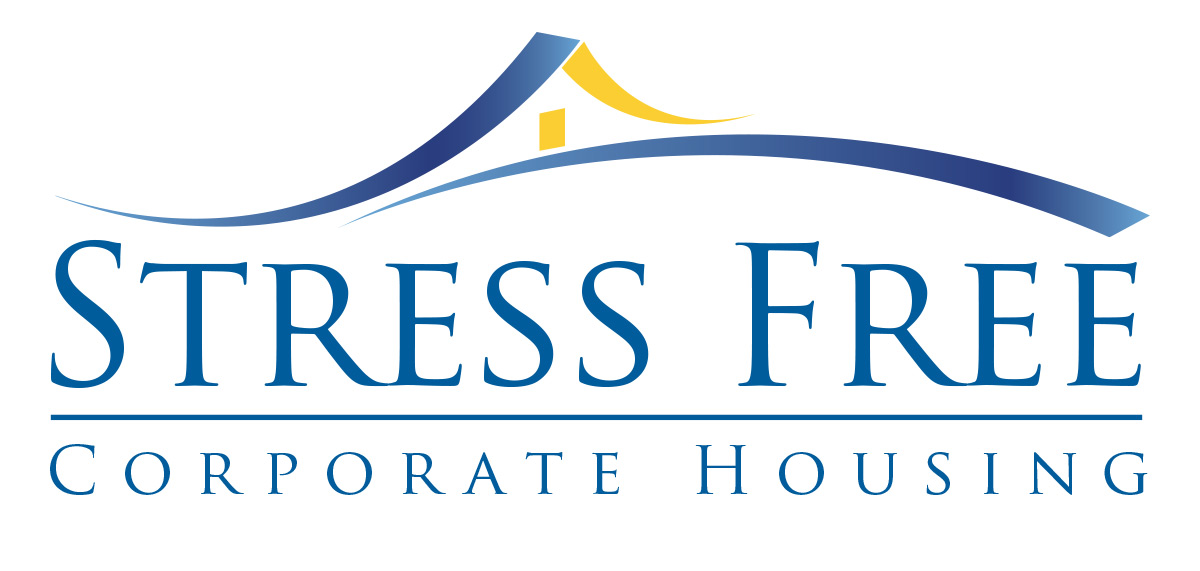
Many people are wondering if remote work is here to stay, remaining a workforce option after the pandemic. Leading into recovery, it seems as if remote work will likely transition into the ongoing “new normal,” according to data compiled from the 2020 State of Remote Work report by Buffer, and AngelList.
In addition to the data being reported, it is no secret that Twitter, Facebook, Google, and Zillow have announced plans to allow workers to continue remote work until 2021 and, in some cases, permanently.
Remote work does not require you to work from home; many employees opt to travel to other countries or destinations where employers need the best talent to help facilitate corporate growth. A short-term or long-term deployment requires temporary accommodations, also known as corporate housing. This growing acceptance of remote work is expected to increase the demand for temporary housing.

According to a report by Upwork, 73 percent of all companies will have remote workers by 2028. It is the common consensus that Corporate Housing is safer, minimizing the chance of exposure to viruses than hotel stays because there is less traffic with controlled access. Other desirable perks especially for a longer stay include a more spacious home-like environment normally at a lower cost per night. These benefits along with several others, makes this solution a safer and smarter choice for extended short or long term stays.
Working from home or from temporary housing in a comfortable environment can still produce the results employers are looking for. In fact, Global Workplace Analytics stated, “56% of employees have a job where at least some of what they do could be done remotely.” Top executives have been pleasantly surprised to learn that productivity has actually increased during the pandemic stay at home mandate.

Remote work can be done from any location other than your employer’s office and does not require you to work from home. Business travelers have more autonomy with the abundance of technology available. They can self-service housing options and travel tickets and call for an Uber ride upon arrival. With Millennials reshaping the formerly structured business world, furnished apartments offer the accommodation of choice, with a community-centric, home-like environment often available to be booked in real-time.
Companies have recognized that employee health and satisfaction are directly tied to their successful business results. As incentives, they are implementing travel policies that may include a few days “bleisure” stay geared towards employee wellness, happiness, and you guessed it, retention of talent.
It is true that the majority of people love the flexibility that comes with working from home. However, along with the benefits of remote work, came new challenges for some. employees who had no prior experience with working from home. It is an adjustment, HR managers need to address. Some workers accustomed to a collaborative office, are not coping well with extended isolation. Additional problems reported include miscommunication or the lack of communication as a frustrating factor on the top of remote employees’ lists.

If a person has never worked remotely, they may not be able to achieve a work-life balance and could begin to feel drained. Certain employees could lack strong organizational skills that could be compounded by a make-shift work area. Then there are unplanned disruptions, such as Amazon delivery, the lawn men’s arrival, a relative that continually calls, or Wi-Fi going down, and the list goes on, creating another one of those days when you ask-why me? We have all had them, but while some people can maintain their focus; others can not deal with distractions as well. Many may claim these annoyances may not be as stressful as a long commute, yet they still take a toll on productivity and well-being. This where empathy and flexibility come into play from HR professionals and managers.
Working remotely necessitates leaders creating practices that make employees feel informed and connected to their team and workplace. Consistent communication with colleagues remains a necessity to facilitate a productive workflow. Employees that feel a part of the organization want to do their part to add value.

Technology supports collaboration and if used correctly, can eliminate employee disengagement. Yet even with a host of benefits delivered from technology, it may not provide access to specific information needed from a manager or colleague. Innovation is not limited to technology; today’s virtual workplace includes innovative corporate cultures.
Leaders are faced with navigating what is next, and will undoubtedly continue doing so after the crisis has passed. Most see a restructuring of the way businesses operate. Some believe the crisis will create opportunities to improve business structure and processes.
Techniques HR and managers can use to support remote employees include letting employees know the best way and time to reach HR and management. Set rules to let employees know what is expected of them. Encourage daily check-in’s amongst teams, perhaps on slack or another group means of virtual interaction. If your team has been out of touch for several months, consider holding virtual social interaction for opt-in team building outside of work, and talk about a variety of topics.

Because COVID-19 has caused a strain for many people facing detrimental financial consequences, and required extended isolation, employers need to focus on inclusion-a critical driver of outcomes like productivity and engagement. Management can hold and encourage participation via virtual meetings. Many corporations are taking on an offensive strategy vs. a defensive reaction to disruption.
According to a research study called: “How Many Jobs Can be Done at Home?” By the University of Chicago, Booth School of Business, June 19th, 2020, and included in a SHERM feature, found that 37 percent of jobs in the United States can be performed entirely at home, with variation across cities and industries. These jobs typically pay more than jobs that cannot be done at home and account for 46 percent of all US wages.
Many large corporations are moving forward with a vision for the future far beyond recovery. In a NY Times article written this past May, Mark Zuckerberg, Facebook’s chief executive, told workers during a staff meeting that within a decade, as many as half of the company’s more than 48,000 employees would work from home. Do you wonder why Zuckerberg made this decision? I would be willing to bet that it makes business sense, as companies can reduce operating costs.

“Mr. Zuckerberg said the shift could offer more benefits than inconveniences for the company. Allowing remote work will allow Facebook to broaden its recruitment, retain valuable employees, reduce the climate impact caused by commutes, and expand the diversity of its workforce”. https://www.nytimes.com/2020/05/21/technology/facebook-remote-work-coronavirus.html
In a SHRM feature called Top Tips from SHRM 2020 where what changes that are here to stay were discussed, the below hybrid work model was identified as including the following:
- A hybrid work model where people will be allowed to work from an office, home, or anywhere.
- Increasing the flexibility of work schedule and location.
- “Gig” or project work will become a greater part of how organizations get work done.
- Employee engagement and wellness, especially regarding employees’ safety and mental health, will remain paramount.
https://www.shrm.org/resourcesandtools/hr-topics/global-hr/pages/top-tips-shrm-edge-2020.aspx
Many people may find themselves with a choice to make in the not too distant future as according to a Cisco survey, “54% of all CFOs say their companies will make remote work a permanent option for roles that allow it.”






Recent Comments